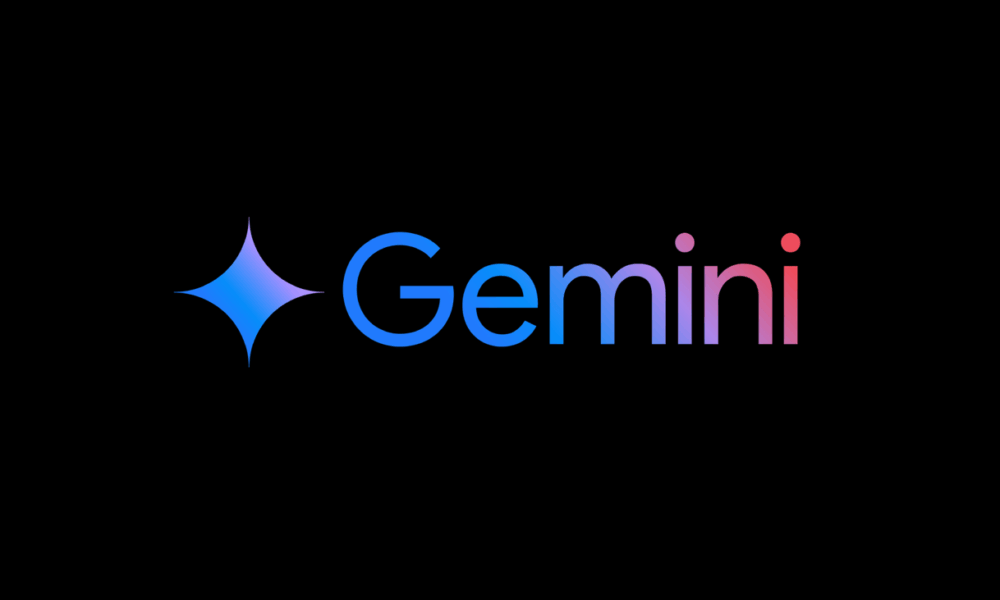
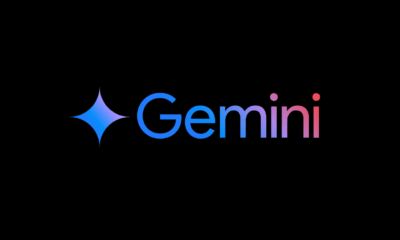

At first glance, Gemini 2.5 Flash‑Lite may look like yet another variant in Google’s expanding AI lineup. But beneath its modest name lies a strategically engineered...



An agentic browser tailored for the AI age—can Perplexity’s Comet dethrone established giants like Google and Apple by harnessing the power of smartphones? A New Rival...
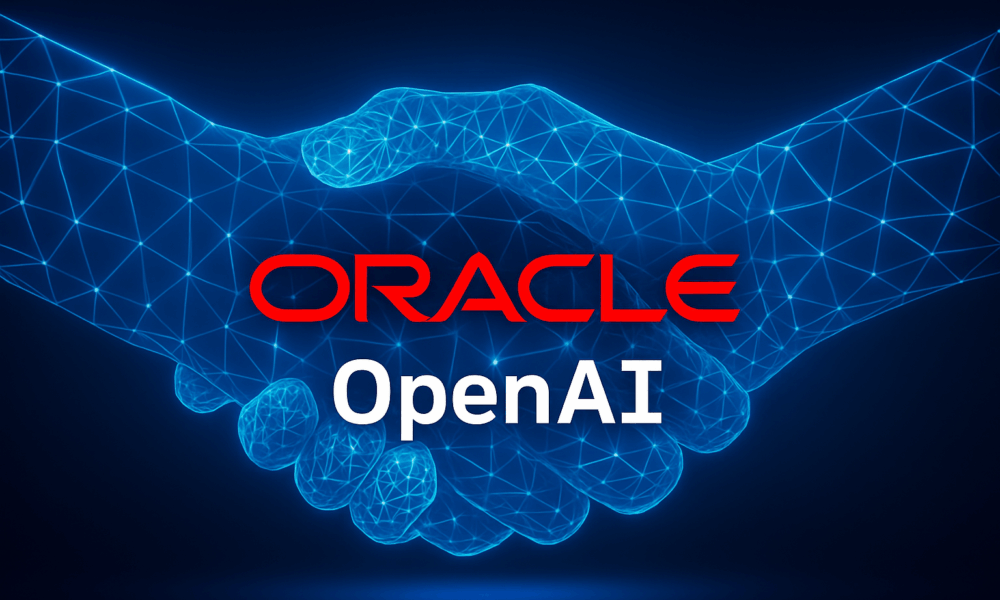
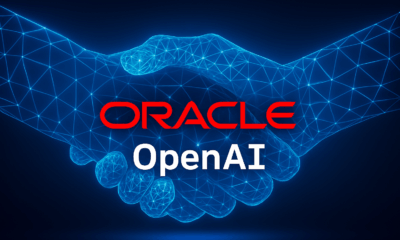

A Jaw‑Dropping Commitment Imagine leasing the equivalent of two Hoover Dams in power—dedicated solely to building advanced AI infrastructure. That’s the scale of what’s unfolding: In July...



Just as AI assistants shift from screens to seamlessly integrated companions, Amazon has taken a bold leap—acquiring Bee, an AI-powered wearable startup that records everyday conversations...
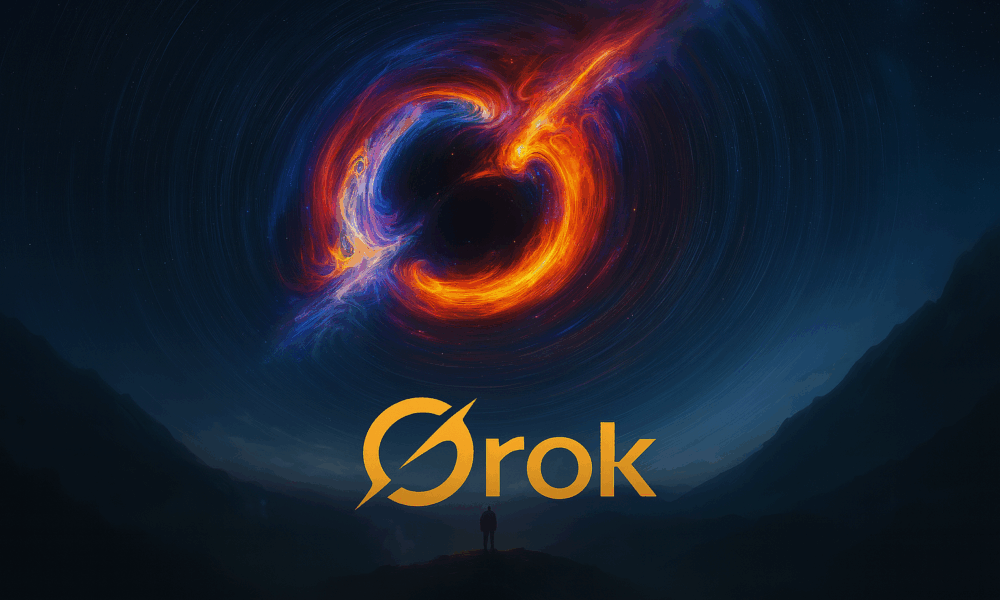
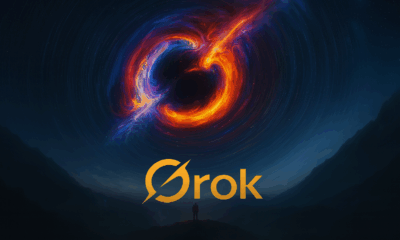

In a strategic talent coup, xAI—Elon Musk’s fast-growing AI company—has just poached one of NVIDIA’s brightest minds. Ethan He, a senior AI engineer celebrated for his...



The Quiet Revolution Is Here Across corporate boardrooms and HR departments, a profound transformation is unfolding—yet it’s being masked behind carefully curated language. As companies lay...
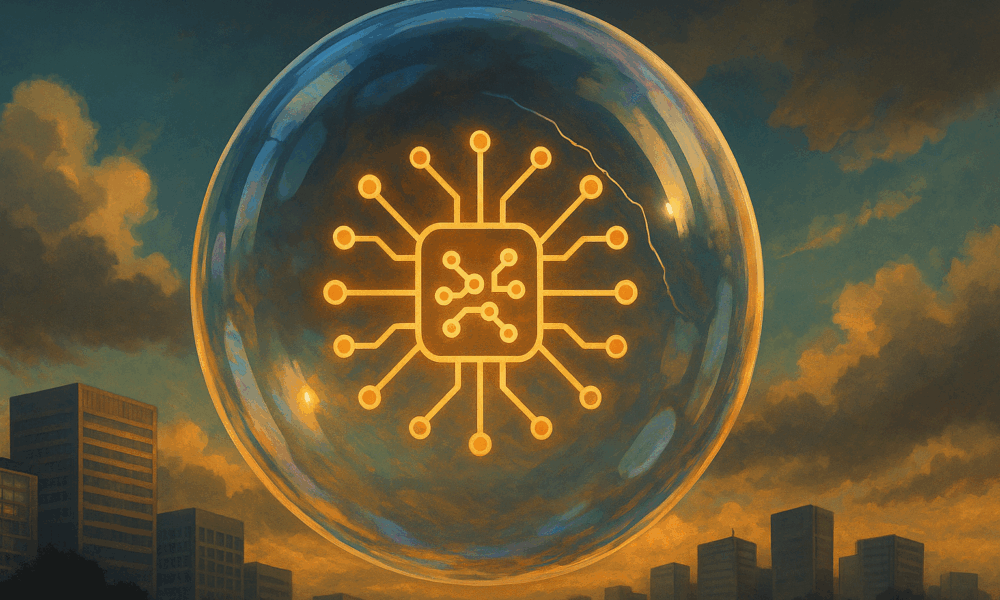
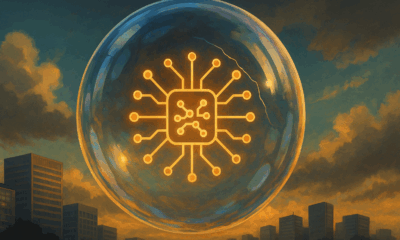

The Echoes of 1999 When Torsten Sløk, chief economist at Apollo Global Management, issued a stark warning this month that the current artificial intelligence stock boom...



Just days ago, users of Claude Code—Anthropic’s AI-powered coding assistant—found their workflows abruptly capped, receiving “Claude usage limit reached” messages with no prior warning. For those on...



In a milestone moment for the entertainment industry, Netflix has taken its first major leap into generative AI, using the technology to bring a dramatic sequence...

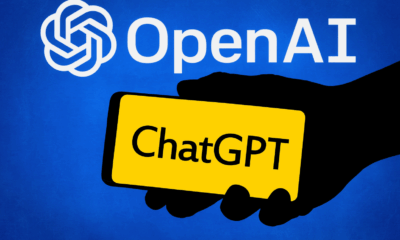

OpenAI has just unveiled a bold new chapter in artificial intelligence: ChatGPT Agent, a powerful autonomous system capable of executing complex tasks with limited user intervention....